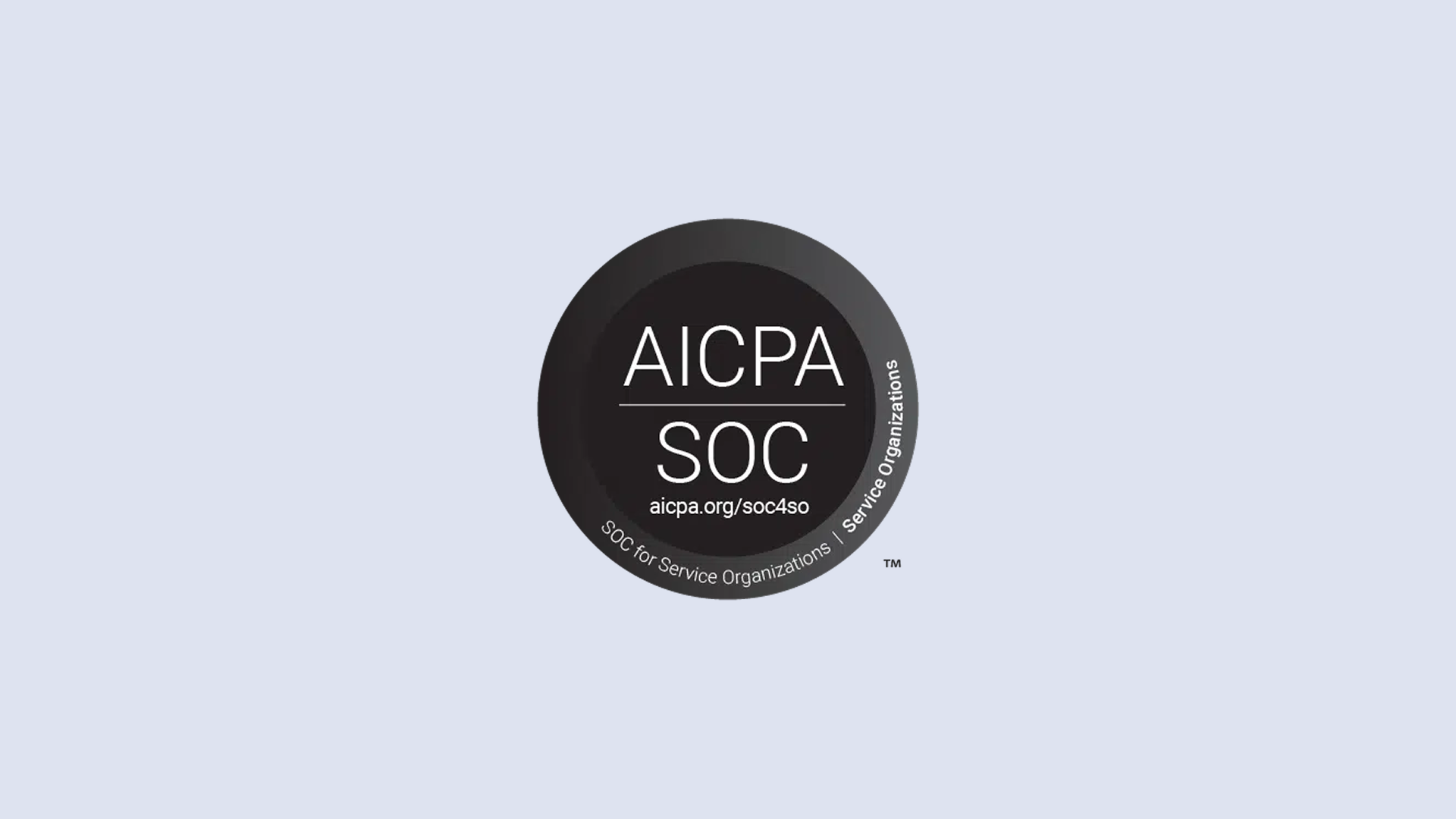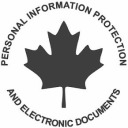Review the list below to determine if this assessment should be used with your client. If you answer YES to both questions, the PCL-5 is likely a good fit to use with your client.
The PCL-5 Scale
The PCL-5 is a self-report measure, which means clients can fill it out independently before session or with the assistance of their clinician. The measure takes approximately 5-10 minutes to complete and asks clients to indicate the level to which each symptom has impacted them in the last month. The PCL-5 uses a 5 point likert scale to measure symptom severity, with options “Not at all,” “A little bit,” Moderately,” “Quite a bit,” and “Extremely,” that correspond to scores of 1-5.
Below is a list of problems that people often have in response to a stressful or traumatic experience. Clients should read each experience and then choose one of the numbers to indicate the level to which **they have been experienced that symptom in the past month.
|
Not at all |
A little bit |
Moderately |
Quite a bit |
Extremely |
| 1. Repeated, disturbing, and unwanted memories of the stressful experience? |
0 |
1 |
2 |
3 |
4 |
| 2. Repeated, disturbing dreams of the stressful experience? |
0 |
1 |
2 |
3 |
4 |
| 3. Suddenly feeling or acting as if the stressful experience were actually happening again (as if you were actually back there reliving it)? |
0 |
1 |
2 |
3 |
4 |
| 4. Feeling very upset when something reminded you of the stressful experience? |
0 |
1 |
2 |
3 |
4 |
| 5. Having strong physical reactions when something reminded you of the stressful experience (for example, heart pounding, trouble breathing, sweating)? |
0 |
1 |
2 |
3 |
4 |
| 6. Avoiding memories, thoughts, or feelings related to the stressful experience? |
0 |
1 |
2 |
3 |
4 |
| 7. Avoiding external reminders of the stressful experience (for example, people, places, conversations, activities, objects, or situations)? |
0 |
1 |
2 |
3 |
4 |
| 8. Trouble remembering important parts of the stressful experience? |
0 |
1 |
2 |
3 |
4 |
| 9. Having strong negative beliefs about yourself, other people, or the world (for example, having thoughts such as: I am bad, there is something seriously wrong with me, no one can be trusted, the world is completely dangerous)? |
0 |
1 |
2 |
3 |
4 |
| 10. Blaming yourself or someone else for the stressful experience or what happened after it? |
0 |
1 |
2 |
3 |
4 |
| 11. Having strong negative feelings such as fear, horror, anger, guilt, or shame? |
0 |
1 |
2 |
3 |
4 |
| 12. Loss of interest in activities that you used to enjoy? |
0 |
1 |
2 |
3 |
4 |
| 13. Feeling distant or cut off from other people? |
0 |
1 |
2 |
3 |
4 |
| 14. Trouble experiencing positive feelings (for example, being unable to feel happiness or have loving feelings for people close to you)? |
0 |
1 |
2 |
3 |
4 |
| 15. Irritable behavior, angry outbursts, or acting aggressively? |
0 |
1 |
2 |
3 |
4 |
| 16. Taking too many risks or doing things that could cause you harm? |
0 |
1 |
2 |
3 |
4 |
| 17. Being “superalert” or watchful or on guard? |
0 |
1 |
2 |
3 |
4 |
| 18. Feeling jumpy or easily startled? |
0 |
1 |
2 |
3 |
4 |
| 19. Having difficulty concentrating? |
0 |
1 |
2 |
3 |
4 |
| 20. Trouble falling or staying asleep? |
0 |
1 |
2 |
3 |
4 |
Tip: If you notice that a client has skipped an item on the PCL-5, Dr. Michelle Bovin recommends asking the client if that was intentional. If they did so purposefully, she advises against asking them to complete it during that time, as this represents a boundary or topic they may not be able to discuss in that moment.
Scoring the PCL-5
Items on the PCL-5 are summed to provide a total score.
Using the PCL-5 for Probable Diagnosis
It’s important to note that the interpretation of the PCL-5 should be determined by a clinician and that the measure cannot provide definitive diagnostic status. A clinical interview must be conducted by a trained PTSD professional for a diagnosis is confirmed.
1. A probable PTSD diagnosis can be made by treating each item within the DSM-V clusters that are rated as 2 or higher (“Moderately” or higher) as a qualifying score under that cluster. Then you may follow the DSM-5 diagnostic rule which requires from each cluster at least:
- 1 item from B (questions 1-5) which measures re-experiencing symptoms
- 1 item from C (questions 6-7) which measures avoidance symptoms
- 2 items from D (questions 8-14) which measure negative change to cognition and mood
- 2 items from E (questions 15-20) which measure hyper-arousal symptoms.
2. If calculating the total symptom severity score (range of 0-80)—which can be obtained by summing the scores for each of the 20 items— research suggests that a PCL-5 cutoff score between 31-33 can be used for a provisional PTSD diagnosis. There is also reason to believe that different populations or reasons for the screening could warrant different cutoff scores, thus both should be considered when determining if further psychometric work to diagnose and treat PTSD is warranted.
A note about Determining probable PTSD: When using severity scores to make a probable diagnosis, a few other factors should be considered. These include the setting that the client is completing the assessment in and the goal of assessment. If you’re screening for PTSD or interested in maximizing your ability to detect possible cases, a lower cut point should be used. A higher cut-point score should be considered when making a probable diagnosis or when the goal is to minimize false positives.
Using the PCL-5 to Determine PTSD Severity
1. Total symptom severity score
For the purpose of using the PCL-5 for ongoing progress measurement, clinicians may calculate and leverage the total symptom severity score. Severity can be determined adding scores of each item together to determine a total score. A total score of 33 or higher may indicate severe PTSD and suggests the patient needs further assessment to confirm a diagnosis of PTSD.
| Score |
PTSD Severity |
| 0-32 |
Below clinical threshold |
| 33-80 |
Above clinical threshold |
2. DSM-5 symptom cluster severity scores
This method will help indicate which symptom cluster is impacting the client the most and may help guide treatment plans as cluster scores change overtime. The total symptom severity score can still be obtain by summing the scores of each cluster.













